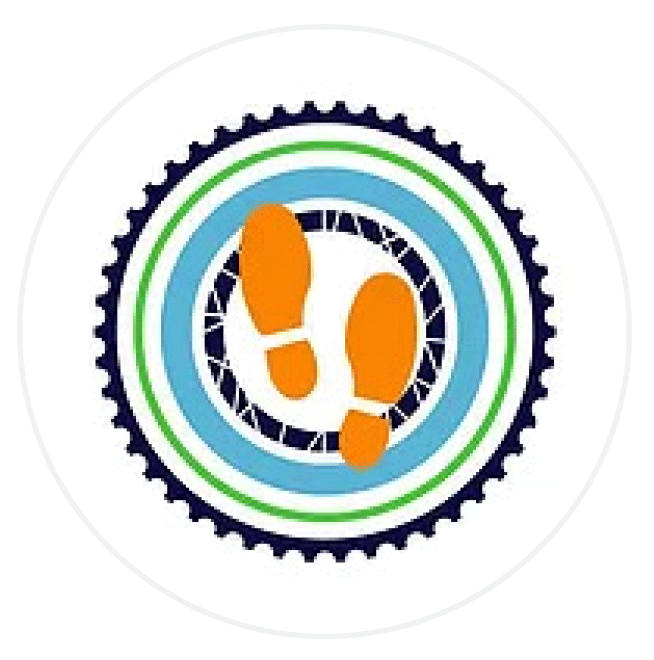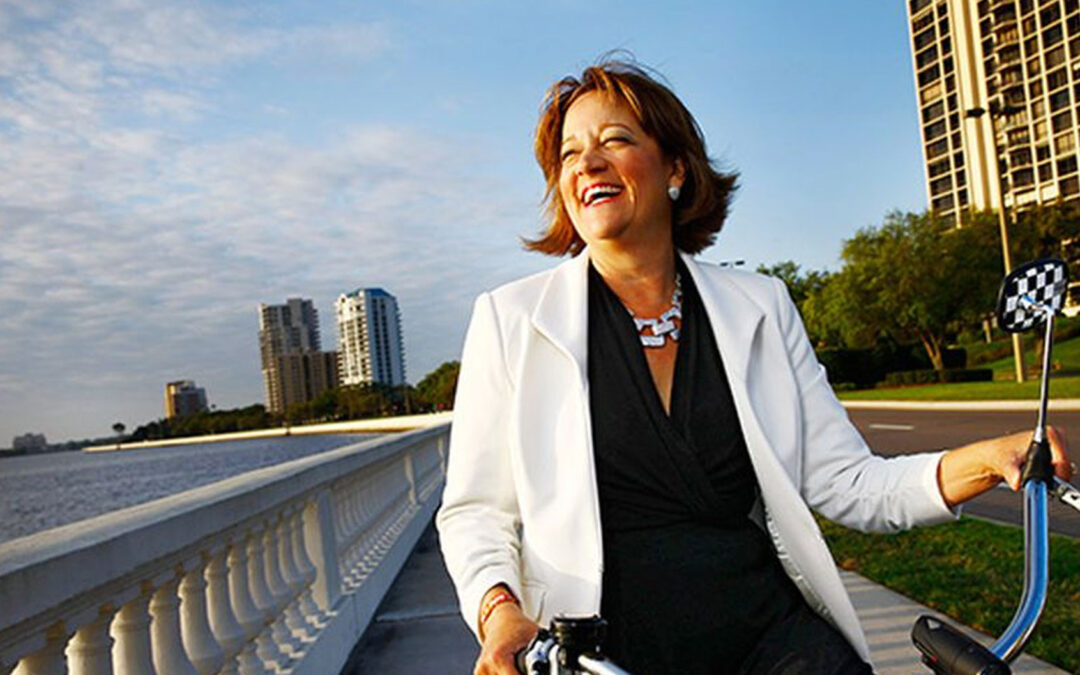During National Bike Month, Tampa advocate Christine Acosta discusses how the city’s streets could be safer for all.
By Olivia George Times staff
Christine Acosta has spent a decade advocating for safer streets and improved mobility in Tampa, a city long criticized for its car-centric planning, slim transit offerings and traffic-clogged roadways. A board member of nonprofit Walk Bike Tampa, Acosta founded her business Pedal Power Promoters in 2014 to spearhead bicycle-friendly initiatives in the Tampa Bay Area.
She knows that, by many metrics, she is navigating a region, state and country often hostile to those who walk and bike.
Nationwide bicyclist fatalities continued their decade-long climb in 2021, the most recent year for which complete statistics are available from the National Highway Traffic Safety Administration. More cyclists died on American roads in 2021 than any year since 1975.
People are killed while riding bicycles in all 50 states, but the five states with the most deaths account for more 50% of deaths: Florida, California, Texas, New York and Arizona. The Sunshine State has the highest rate of bicyclists killed per capita, more than twice the rate of the next worst-performing state, California.
Still, Acosta remains hopeful.
May is National Bike Month, promoted by the League of American Bicyclists and celebrated in communities from coast to coast for more than 60 years. Acosta spoke with the Tampa Bay Times about the promise and perils of Tampa’s roads, and how the city’s streets could be safer for all. This conversation has been lightly edited.
What excites you about the cycling infrastructure in Tampa, and what worries you?
The quality of the city staff excites me. They really are advancing at a faster pace now, building out a connected grid across the city. And of course, the e-bike voucher program is very exciting. The voucher program will help the city advance mobility options for a lot of people.
And on the flipside, what worries you?
The city has built some good stuff but it is not well connected. It’s almost like being in a beautiful place, like a tropical island, and then all of a sudden you’re at a cliff — in real peril, in real danger. And almost all of those cliffs are state roads and county roads. Nobody wants to ride on those, but we at least need to be able to cross them.
Hillsborough Avenue comes to mind, where else?
Hillsborough, Dale Mabry — you name it, frankly any state and county road. Those are the monsters and the dragons we have to slay. Nobody wants to ride on them. They people who get hurt there wish they didn’t have to be there. But there are not enough alternatives right now.
What roads come to mind for having the most potential and hope for improving the experience for people riding bikes?
Well there are too many possibilities, but let me tell you what the characteristics are. They’re low-traffic neighborhood streets that are typically parallel and nearby the state monsters. What we need to do is help people cross those horrible roads and the rider in a neighborhood for the next mile or two of their journey. These small neighborhood greenways, or sometimes they’re called bike boulevards, is where we have slow traffic and few cars and we can slow the traffic through, frankly, paint and bollards. This is where we need to aim, we don’t need really big expensive infrastructure except where we need to cross these horrible roads.
Read the full article here: https://www.tampabay.com/news/transportation/2023/05/18/road-fear-free-biking-tampa/

